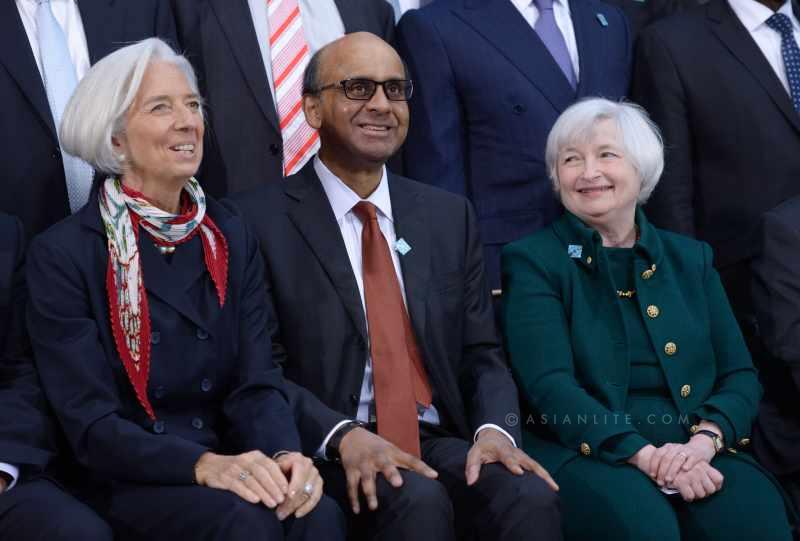Vatsal Srivastava says US Federal Reserve finally sounds hawkish; rate hike in March/June 2015

The path to US monetary policy normalization is becoming clearer. Comments by Fed reserve chief Janet Yellen Sep 17 were arguably the most hawkish in recent times.
To begin with, a story written by Jon Hilsenrath of the Wall Street Journal prior to the Federal Open Market Committee (FOMC) announcement that the Fed is likely to keep “considerable time” language in the statement took some of the surprise out of the event. The FOMC made very few changes to its September statement. As we had expected, the committee retained its description that labor market resources remain significantly underutilized and the funds rate will remain in its current target range for a considerable time after asset purchases end. The committee also indicated it expects the asset purchase program (QE) to end in October, which is in line with Yellen’s testimony to Congress and her comments at Jackson Hole. The only other minor change of note in the statement came in the committee’s description of inflation, where it now says inflation has been running below its longer-run objective as opposed to moving closer to the committee’s objective. Barclays expects the committee to raise rates in June of next year, with risks skewed in favor of a March tightening should convergence towards the Fed’s targets happen faster than anticipated (read as hawkish). Here is the link to the FOMC statement http://www.federalreserve.gov/newsevents/press/monetary/20140917a.htm
According to Barclays, the committee provided a new set of economic projections, including projections for 2017. Of note, the committee revised down its expectations for growth, particularly in 2015, and nudged its long-run growth forecast lower to a central tendency of 2-2.3 percent from 2.1-2.3 percent in June. In 2017, the committee also projects that the unemployment rate will undershoot its long-run target, perhaps to support a return of inflation to the 2 percent long-run goal. The committee made a technical adjustment to its “dot chart” by submitting projections equal to the mid-point of the range on the federal funds rate. The forecast revisions resulted in a tightening in the median policy path, with the median funds rate now expected to reach 1.375 percent in 2015, 2.875 percent in 2016, and 3.75 percent in 2017 according to Barclays.
Finally, the committee also released a statement on policy normalization and the details can be read via this link: http://www.federalreserve.gov/newsevents/press/monetary/20140917c.htm. It now expects to remove the reinvestment policy on its portfolio of securities only after pushing rates higher. The committee will target a range on the federal funds rate and use both interest on reserves (IOR) and the rate on the overnight reverse repo facility (ONRRP) to help push rates higher (read hawkish). Based on the July minutes, Citi anticipates that the rate on the ONRRP will be set equal to the floor of the range on the funds rate, and IOR will be set equal to the upper end.
All dollar crosses took a hammering Sep 17 with the exception of the pound, which still waits for the Scottish vote results.
To sum up, I think Steve Englander of Citi has put it very well – the statement itself was towards the dovish side but the projections/press conference took the market by surprise by being slightly more hawkish than many market participants had projected. He had a few points in a research note which we are reproducing below:
1. The upward shift in the fed funds path and the downward nudge to expected unemployment rates.
2. Even the FOMC doves were hawkish.
3. Yellen had plenty of opportunity to say ‘ignore the dots, only pay attention to the FOMC’s statement’, and if anything she seemed to endorse the dots and the forecasts.
4. She was very emphatic in her data dependence and emphasized the ‘approach the target faster, tighten faster’ side.
5. She was than emphatic in optimism on either productivity or labor force growth, viewing flat participation as success because of the downward trend in participation rates, so implicitly she was reducing the size of the output gap.
US interest rates will start rising by March/June of 2015. As we have argued in previous columns, this is long-term bullish for global equities. There will be some adjustments which will have to be made in order to price in an earlier than expected rate hike in March. If that leads to a correction in the equity markets, it’s a dip worth buying into.